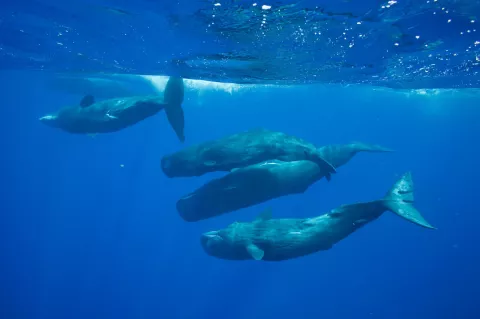Migrating humpback whales have poor health on return journey
Every summer, East Australian humpback whales migrate from the feeding grounds in Antarctica to their breeding grounds in the Great Barrier Reef. They remain there for about several months, before making their way around the southern Australian coast back to Antarctica for the winter.














